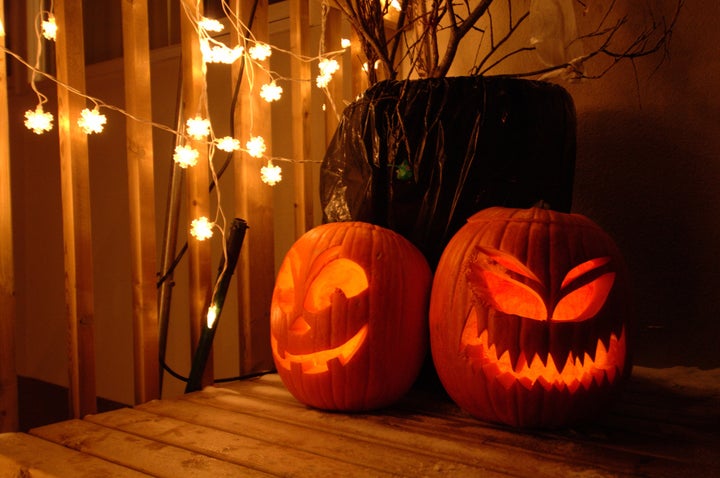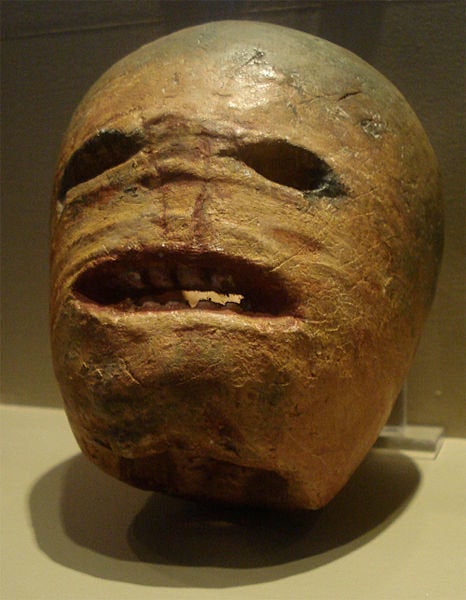
A spooky carved pumpkin makes for a festive Halloween decoration, but the tradition played a much more vital role for the people who first practiced it.
The beloved jack-o’-lantern likely traces its roots back to a centuries-old Irish legend about a guy named “Stingy Jack” and came to be used as protection against wandering evil spirits.
According to the History Channel, legend has it that the mythical Stingy Jack invited the Devil to have a drink with him, after which the thrifty Jack convinced the Devil to turn himself into a coin to avoid paying for the drinks.
The Devil obliged, but Jack pocketed the coin instead of paying what he owed. He placed the coin beside a silver cross in his pocket that magically prevented the Devil from changing back to his original form. Jack eventually let the Devil go, but made him agree not to bother him for one year and said that if he happened to die, the Devil could not claim his soul. The very next year, Jack tried to trick the Devil again, and again made him promise not to bother him for years to come.
When Jack eventually died, God refused to let his trickster soul into heaven. With neither God nor the Devil claiming him, Jack was forced to wander eternity with just a single burning coal ― which he placed into a carved out turnip ― to light his way. The Irish referred to the legend’s protagonist as “Jack of the Lantern,” which eventually became “Jack O’Lantern.”
People in Ireland, England and Scotland ― perhaps as far back as the 16th or 17th century ― began carving their own turnips, rutabagas and beets with ghoulish faces to ward off wandering spirits like the Jack of lore.

Immigrants coming to North America from these countries years later brought their cultural and religious customs with them, trading turnips for the region’s native pumpkins.
The jack-o’-lantern’s association with Halloween is murkier, but likely relates to the holiday’s equally Irish and magical roots. Halloween is believed to be a descendent of the pagan harvest festival, Samhain, during which celebrants believe the veil between the living and the dead grows thin. Traditions for the holiday historically involved dressing up in costumes to trick vengeful spirits and observing rituals to honor the dead.
Death is a common theme that runs through many religious and cultural holidays this time of year. Many modern Pagans still celebrate Samhain by honoring their deceased ancestors, while Catholics observe All Saints’ Day and All Souls’ Day in reverence to the departed. Meanwhile, altars in homes and neighborhoods throughout Mexico and Latin-American communities are elaborately decorated in late October and early November for Día de los Muertos, or Day of the Dead.
It may be that autumn, with its own waning and darkening quality, gives rise to reflection on the fragility of life. Perhaps, as the Celts believed, the veil between life and death really is thinner this time of year. Whatever the case may be, a glowing, carved pumpkin on the porch could at the very least help ward off those pre-election doldrums taking hold as Nov. 8 draws near.


